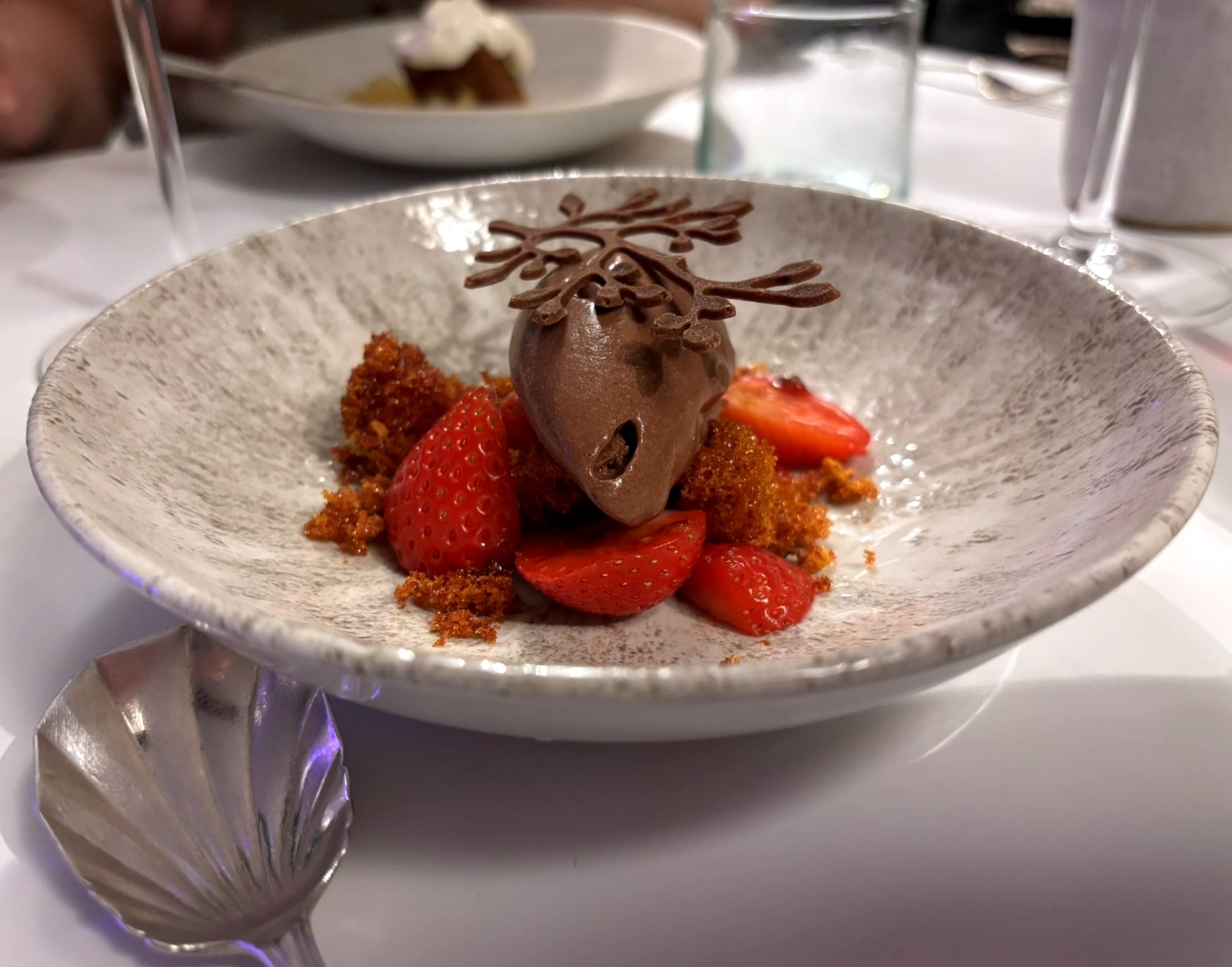Lilac
Lilac Lyme Regis Dorset
All that’s missing is a yard of stiff calico and black cotton stuff whipping round your legs, a scratchy bonnet tied too tightly under the chin and a wistful, watery-eyed squint into the distance. Oh, and a burley lieutenant somewhere off in France. Other than that, Lyme’s Cobb is little changed since 1867/1967 and John Fowles’ etched it into our collective consciousness.
The Victorians may be gone, as are the modernist novelists of the sixties, but it’s still rather romantic to stand there on the harbour wall, face into the wind, wondering if the blue on the horizon is St Malo, Guernsey or just a Turner-like smudge on the seascape. Turning from sea-spumed revery you face a town that is likewise stalked by the past and peering somewhat uncertainly into the future.
To the right, all-day drinkers sprawl from beach-side pubs, pink and red and bellicose. To the left, toddlers squeal wickedly as they rush back from the surf with buckets of crabs clutched in their raspberry-ripple and sand-caked fists. But penetrate into the Persuasion-pastel interior and you’ll find a gentler rhythm along with some good eating if you know the alleyways and twittens in which to hunt. Sadly Mark Hix’s stalwart is gone but he hasn’t taken all the Oysters ‘n Fish with him. In its very pleasant park-side place sits a new outpost of Mitch Tonks' Rockfish empire and there are also some good local perch ‘n scoff places like Strawberry Tree (proper tapas), Town Mill Bakery (sourdough ‘n brunch) and the new and promising-looking Sandro’s. But the big local draw is Michelin-feted resto Lilac.
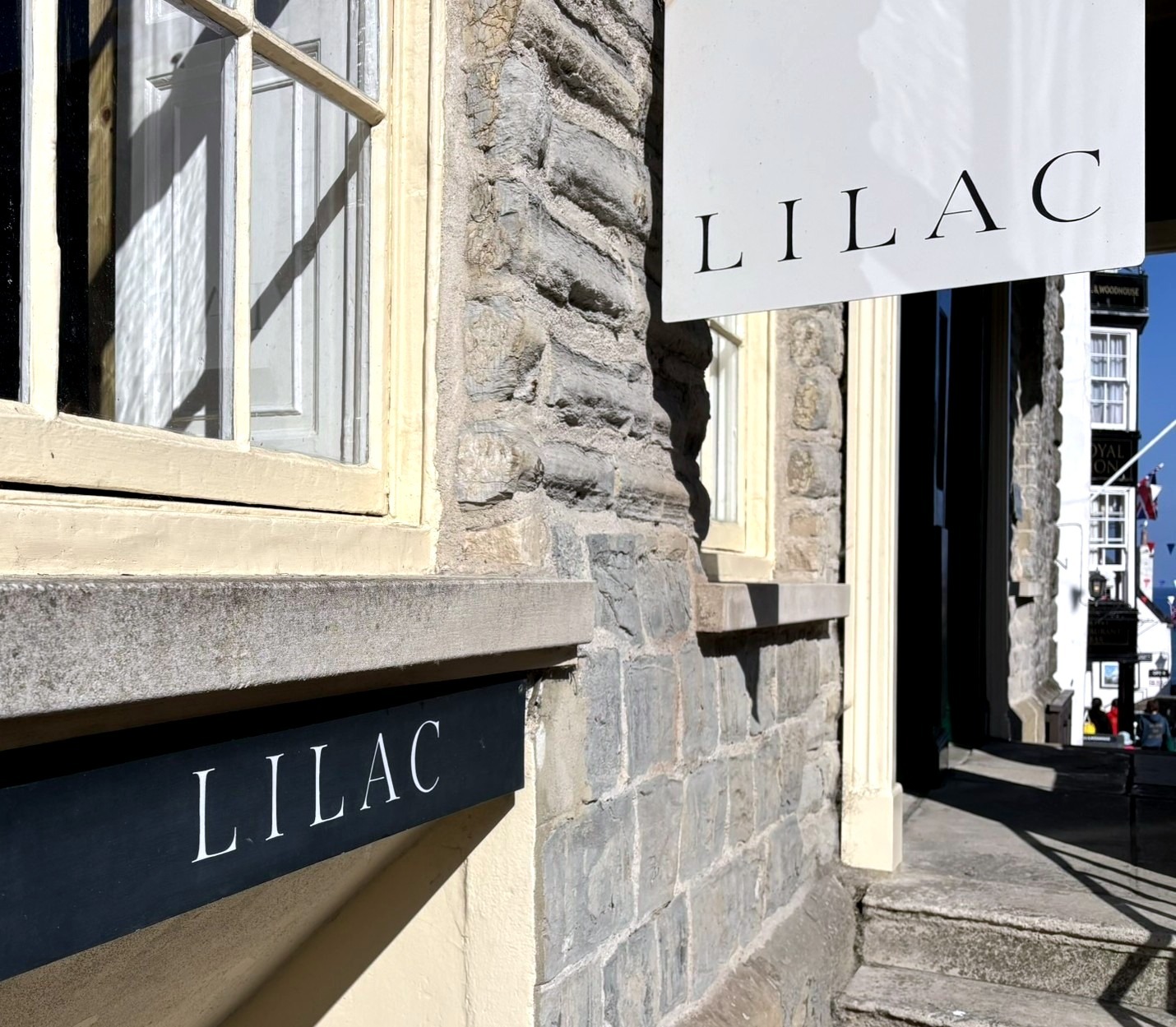

Taking up the baton of chef Harriet Mansell’s previous project – the tiny and equally lauded Robin Wylde – Lilac is housed in a 400-year-old cellar on Broad Street, making it older than Fowles’ Sarah Woodruff, Austen’s Anne Elliot by a good couple of centuries. Anyone over 6 ft will, like me, have to do a bit of deft limboing through a door seemingly designed to keep tidal surges and marauding pirates at bay. But once inside you are greeted by the relaxed freshness of its wine-bar looks lit with cunningly angled lighting and the beaming smiles of the über-friendly staff.
Menu in hand, we silently chanted along to its good-resto mantra: sustainable, locally sourced, low intervention, organic, biodynamic, shanti, shanti, shanti. To this, Lilac has added ‘self-care’, a rather new and depressingly radical concept in the world of fine dining. It’s the sort of thing that chef Sally Abé has recently highlighted with her welcome Great British Menu normality and recently published exposé A Woman’s Place is in the Kitchen. Self-care in the kitchen being the very antithesis of the Anthony Bordain school of self-destructive rock ‘n roll exploitation, it ought to be wholeheartedly encouraged.
Wild foods also get a mention, something of a Mansell signature. Not foraging, at least not explicitly. Good thing, too, as I share any Londoner’s discomfort with the word – foraging in the Kings Rd more likely to involve sifting through the bins behind Whole Foods than hunting for wild mushrooms in St James Park. But Lyme’s more bucolic delights open up the possibility of other wildnesses – and I duly spot three-cornered leeks, sea herbs and dandelion in amongst more cultivated offerings.
We briefly debate the tasting menu but don’t want seven courses nor the price tag that came with them (despite being a relatively reasonable £75 a head). Luckily, a set menu of three courses offered plenty of freedom (of choice and from penury) as did a wine list of similar scope and value. The latter features a couple of local-ish whites – from Knightor in Cornwall and Axminster’s Lyme Bay Winery – but still reeling from a startling Somerset sparkler a few weeks ago we opted for the known quantity and quality of a Brand Bros Organic Riesling (2022) from Pfalz. It’s a deeply appley wine with a hint of perky spritz that makes for an ideal aperitif. At the bar we spotted a couple of drought-like taps labelled Red and White Wine (Spanish Tempranillo and Loire Sauvignon, respectively). From a KeyKeg system, the waitress cheerily informed us. We nodded, applauded its eco-innovation and, for no particular reason, didn’t try either. At around £7 a glass it would be ideal for pop-in-for-a-glass-and-nibble moments, though.
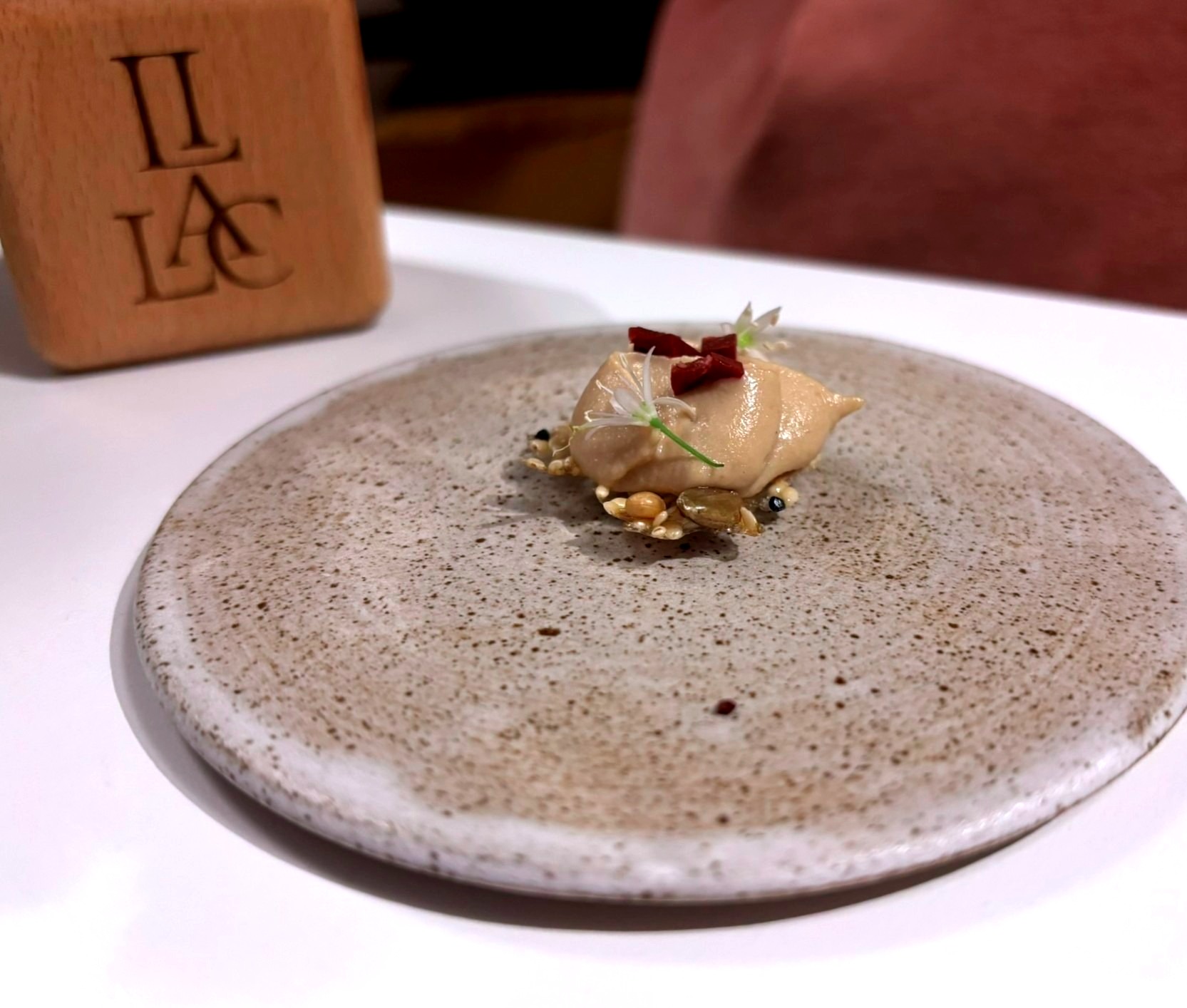
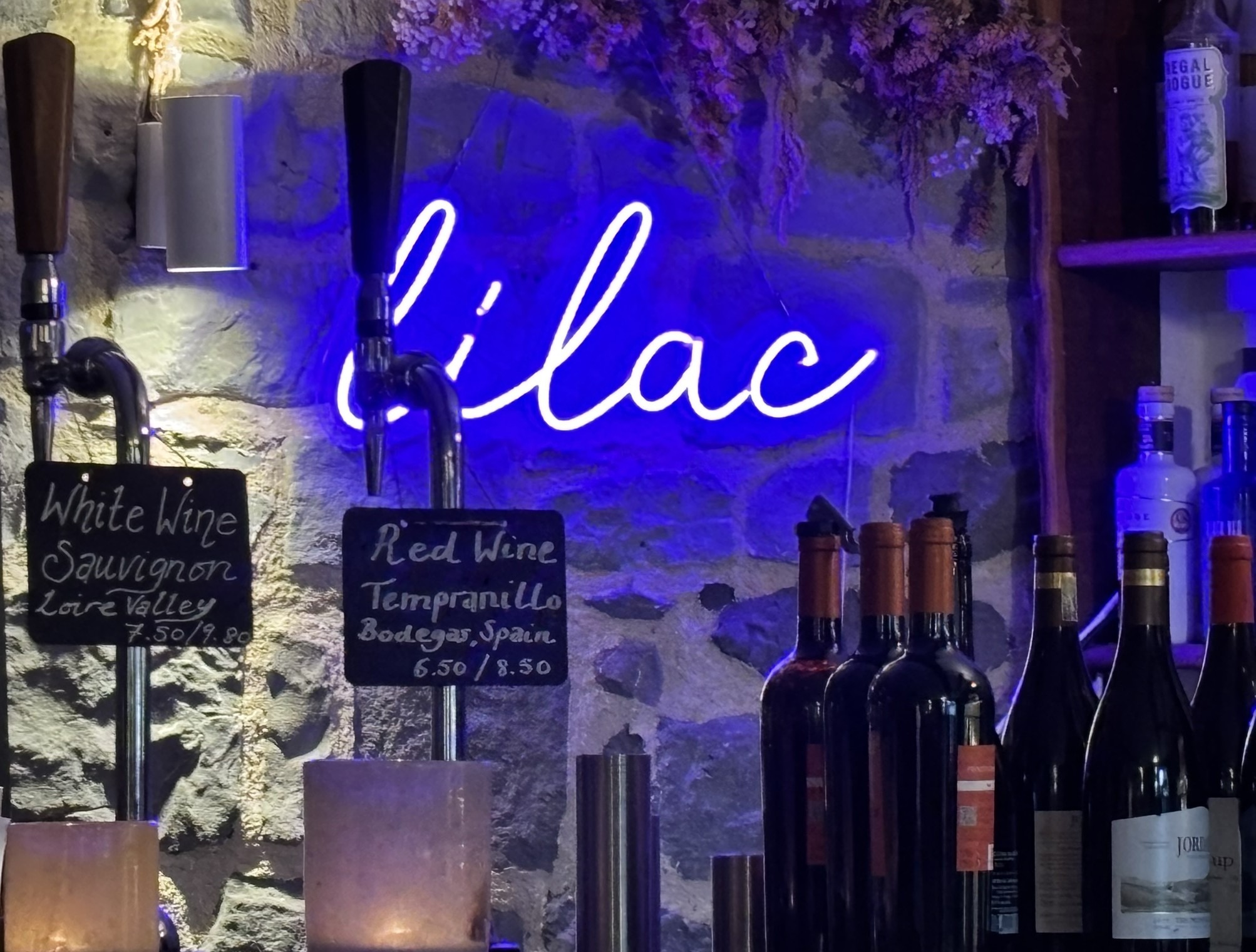
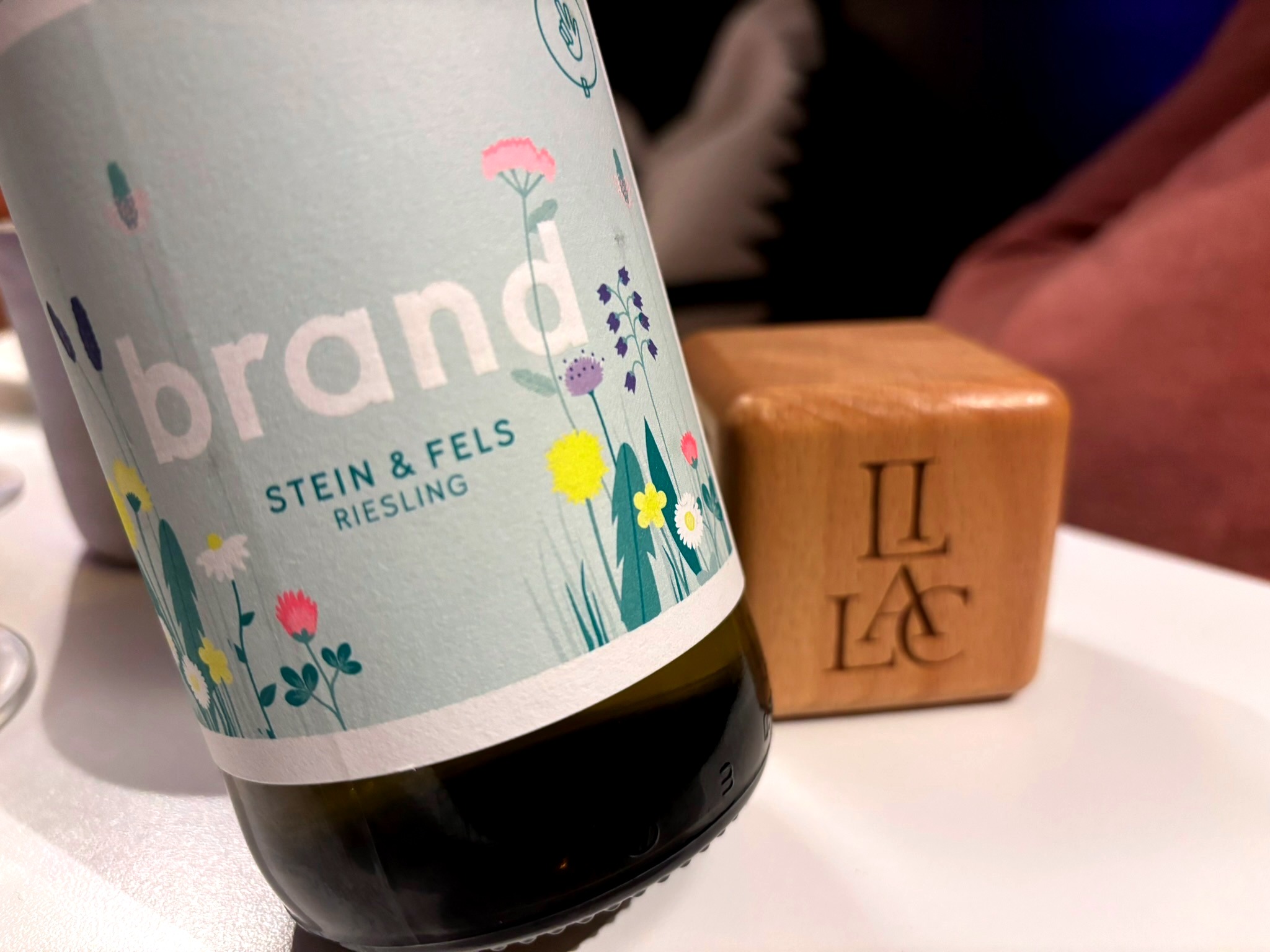
For our own grazing needs we upped the ante on the house confit-garlic focaccia with extra wild-garlic butter (now at season’s end). Too much garlic and butter is a contradiction in terms, so we happily mixed and matched, dipped and smeared leaving just a little for impending Jersey Royals. Purists and churls might have pointed out the slight lack of rise at the bottom of the bread (over/under-proving?) but slathered in molten umami gold (bread and diners, both) we didn’t care a jot. Having barely crammed in the last crumb, a tiny amuse bouche arrived: a shard of seeded cracker, topped with cashew cream, Lilliputian cubes of beetroot and artfully tweezered garlic flowers. A little explosion of flavour hiding whole spices to warm the palate, it set up an anise leitmotif that would play gently across the whole meal.
We opted to start with duck rillettes and a vegetarian dish in the shape of beautifully presented grilled baby courgettes. The former came as a little roundel of slow-cooked, dense meat topped with al-dente asparagus tips from the Wye Valley and enlivened with pickled blackcurrants. The menu promised walnut, too, but perhaps it got lost in the munch of the accompanying brioche toasts or maybe that was hazelnut oil drizzled on top? Darn it, I forgot to ask. Either way, a bit more of their presence would have been welcome – hazelnuts and walnuts being wonderful with gamier birds. A tad more salt, too. Ribbons of the little courgettes meanwhile threaded their way across fresh pea purée studded with croutons and piped with Westcombe’s impeccable local ricotta (as far from supermarket infamy as you can get). Fresh and life affirming, it proved that carnivores don’t always eat better.
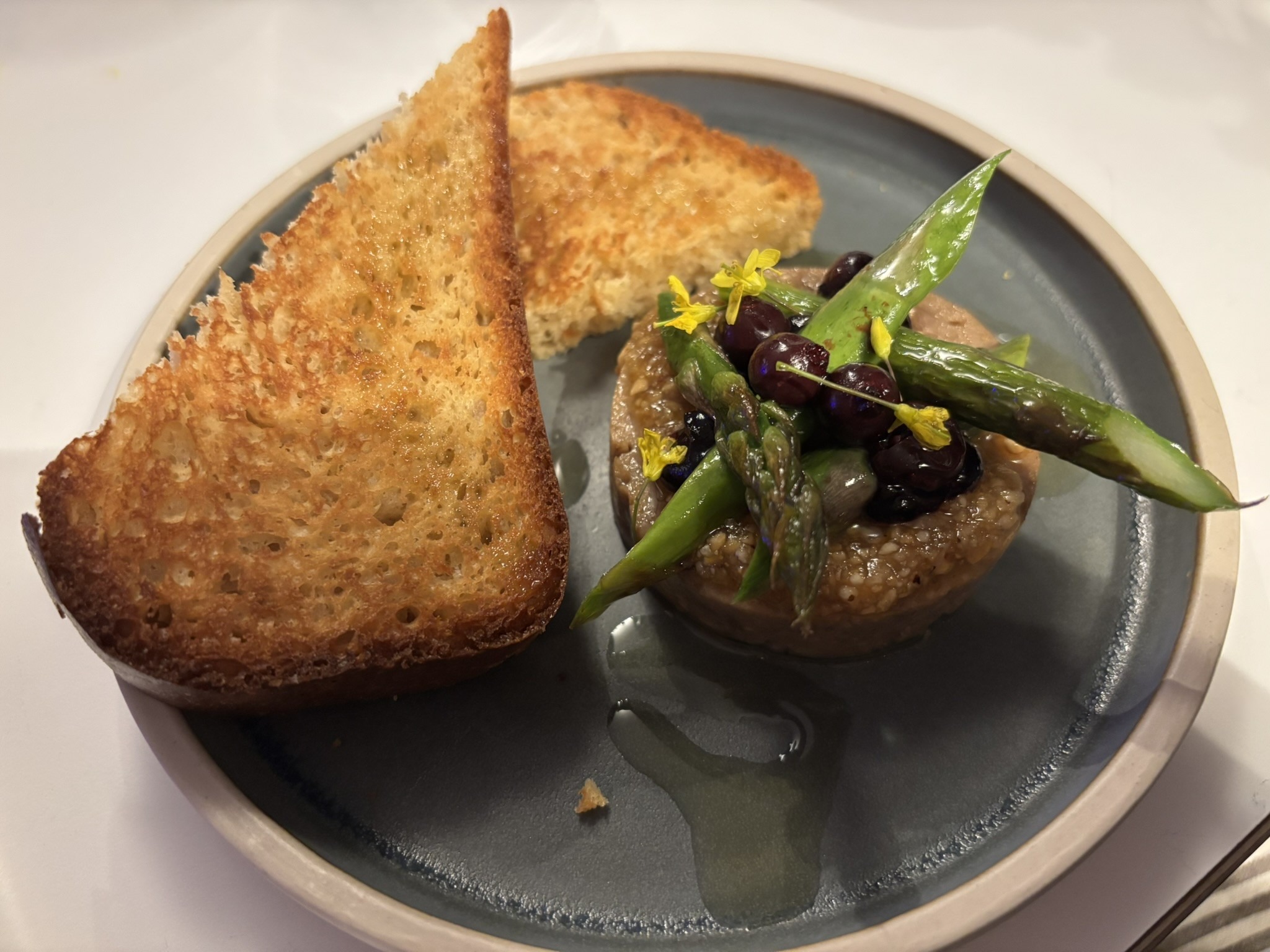
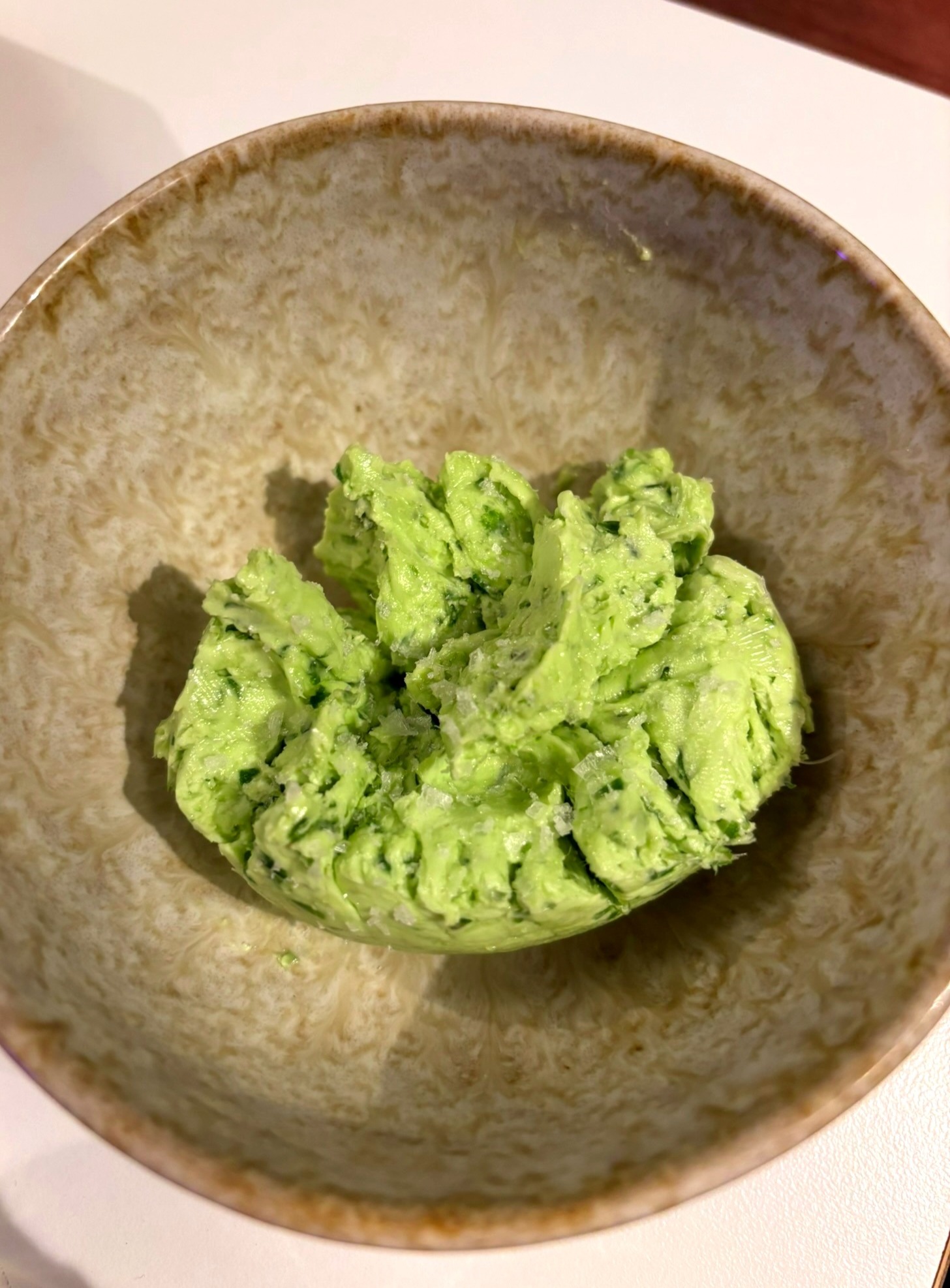
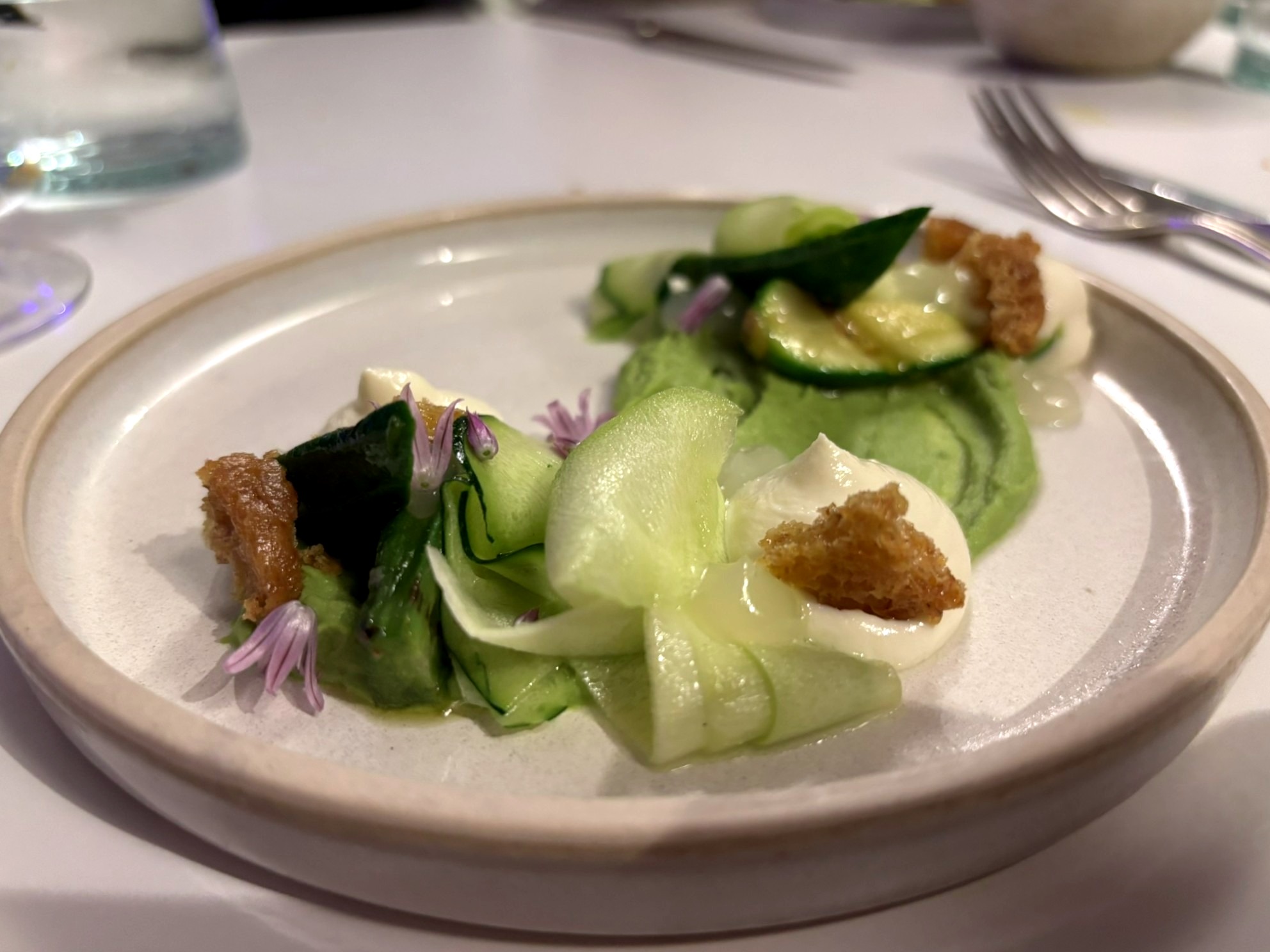
We didn’t opt for a vegetarian main course, however – there’s such a thing as being too virtuous. Instead, generous slices of pork arrived courtesy of the organic, regenerative wunderkinds at Devon’s Haye Farm. Perfectly cooked, tender and deeply flavoured they came with a light but intense jus studded with crimson Isle of Wight tomatoes. A scant few Jersey Royals tumbled alongside waiting for that extra wild-garlic butteriness. The masterstroke here was a few shavings of intense, Gouda-esque old Winchester cheese whose salty-sweet profile set off the white meat beautifully. Had the dish stopped there it would have been nigh on perfect. But someone in the kitchen had gone a bit giddy with a smoked-anchovy salsa of sorts. I adore smoked anchovies and they can really enhance pork (as proved a few weeks previously at Holm in Somerset) but here they took to the stage like a Eurovision diva (yep, it was that weekend) and not even a well-timed crook could drag them off until they’d shouted their way through an unholy medley of Waterloo, Puppet on a String and Making your Mind Up. Too shrill and too insistently fishy, it detracted from an otherwise perfect piggy dish.
We asked for their recommendation for an accompanying red and were guided to a pleasingly intense Beaujolais villages from Yannick de Vermont’s Chateau de Veaux. Hailing from the sun-drenched, granitic lieu-dit of Les Verseux near the village of Vaux-en-Beaujolais (to the north of the region where all right-minded folk head), it was intensely brambly with a lift of pink flowers and an undertow of something darker and dangerous-er: almost light loam, almost peppery spice. As if Syrah and PN had met at the border for a quick (asexual) assignation and birthed a cherub, chubby and giggling but prone to darker moods. A great example of how old-vine Gamay can really shine when treated with the care and attention that grapes further north (and south) seem to demand as their birth right. Good wine, great recommendation.
Our other main course was simpler and all the more successful for it. Impeccably cooked fresh-water trout tickled with a rocher of sweet, earthy carrot purée, and refreshed by blood orange and that thread of fennel anise. A (not really) optional saffron-tinged lobster bisque added a welcome clean, metallic lift. It was a complex journey that belied the bold simplicity of concept and presentation, and saw off the last of the Riesling well.
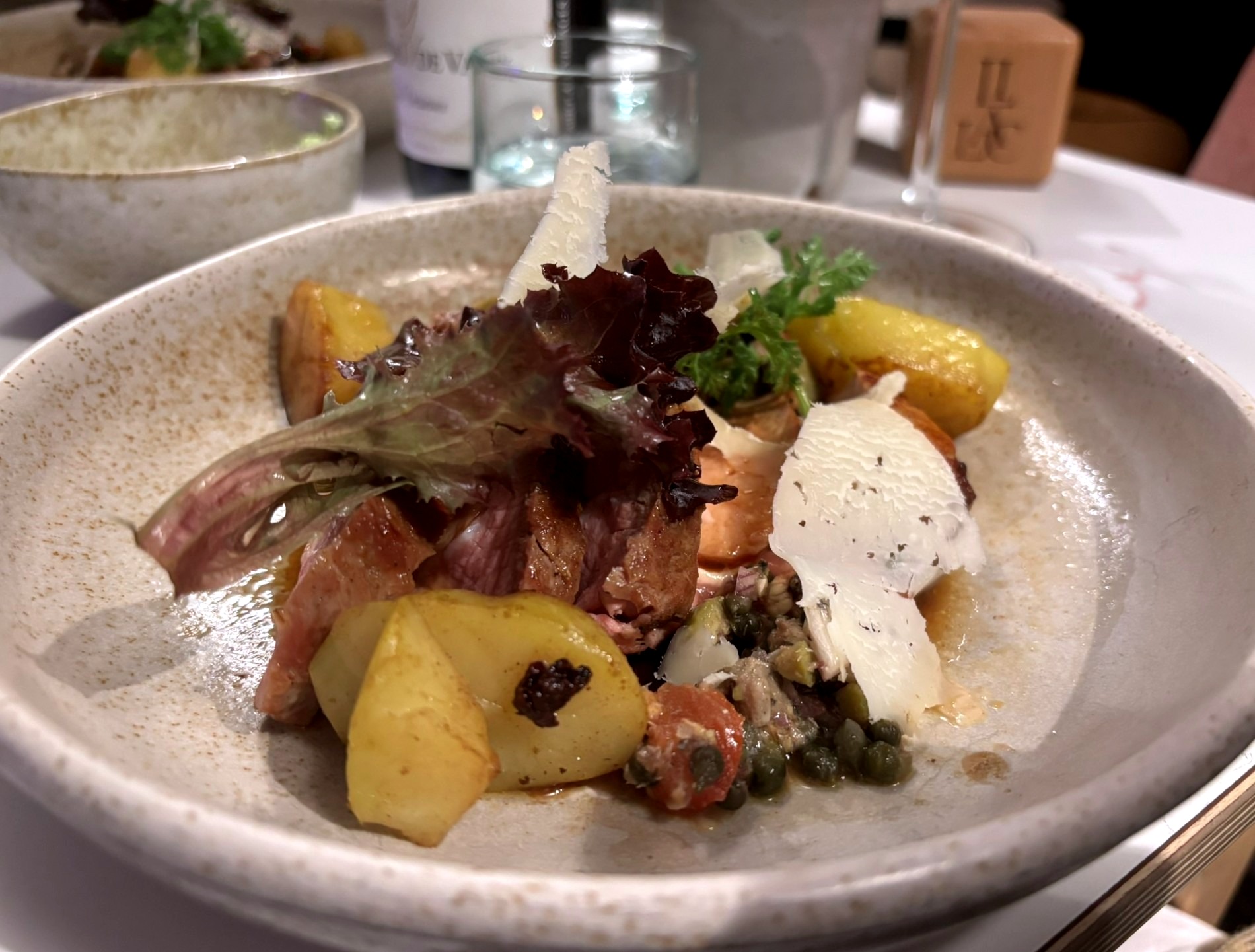

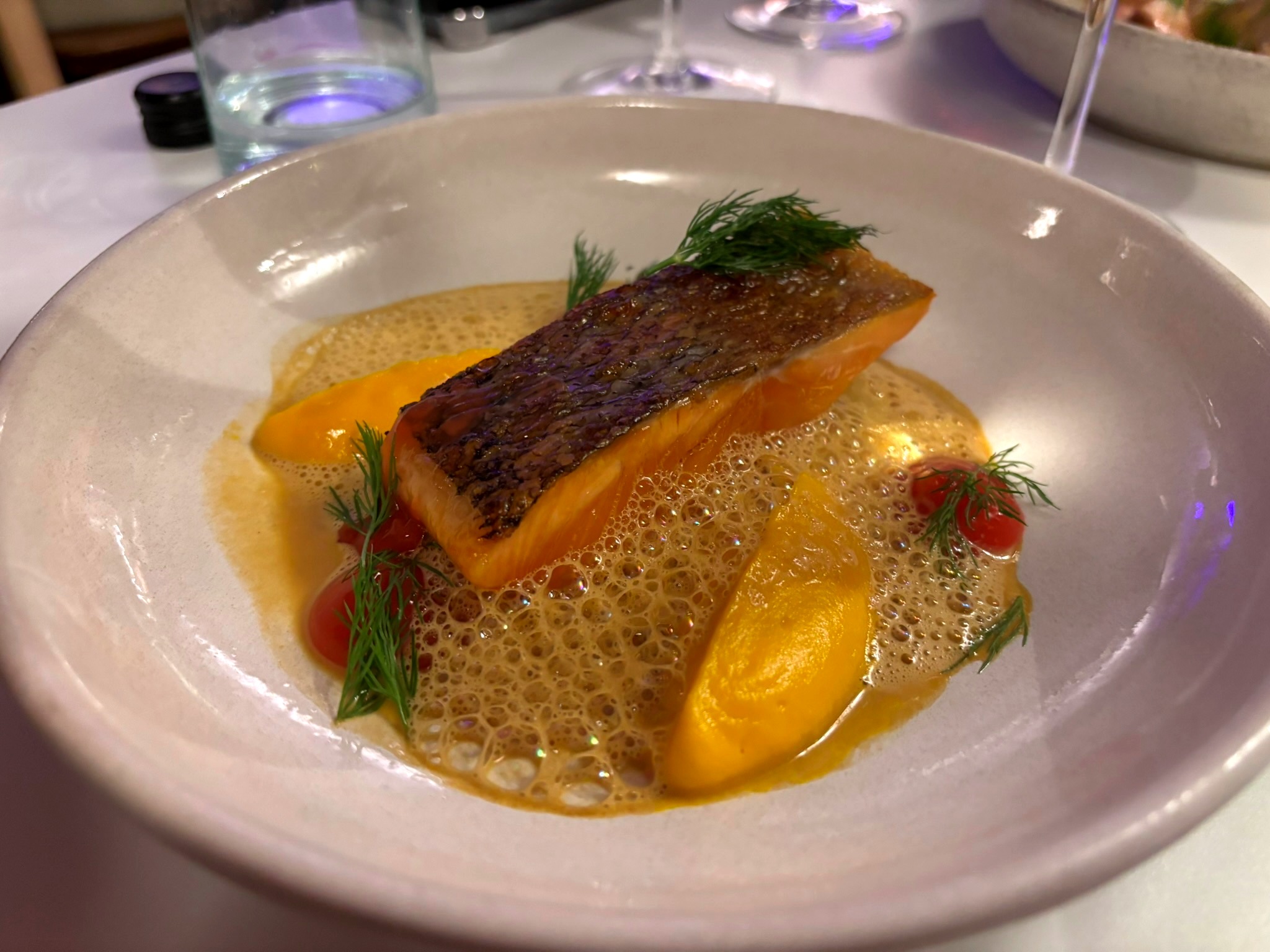
A verdant green-apple granita singing with chervil and prettified with nasturtium leaves made for a wonderful interlude with its apple-skin tang and herbal hum. One of the best cleansers I’ve eaten in a long while, it was so good that the puds struggled a little in its wake. First, the indefinable vanilla/ginger/almond hum of meadowsweet captured in a cube of polenta cake that was just – only just – the right side of dry, sandy crumble (a Jurassic-coast cake?). A little cloud of cream and spoon of confit apple provided moisture and wickedly intense sweetness. It’s opposite number was a dark-chocolate sorbet with the first of this year’s really good strawbs and boulders of honeycomb. Pretty standard combo but a well-executed version, nonetheless, and a suitably rich end to proceedings.
Good feasting down by the seaside, although still no sign of that AWOL lieutenant …
3 courses from a set menu came to £88 per head with wine (making the tasting menu seem even better value).
